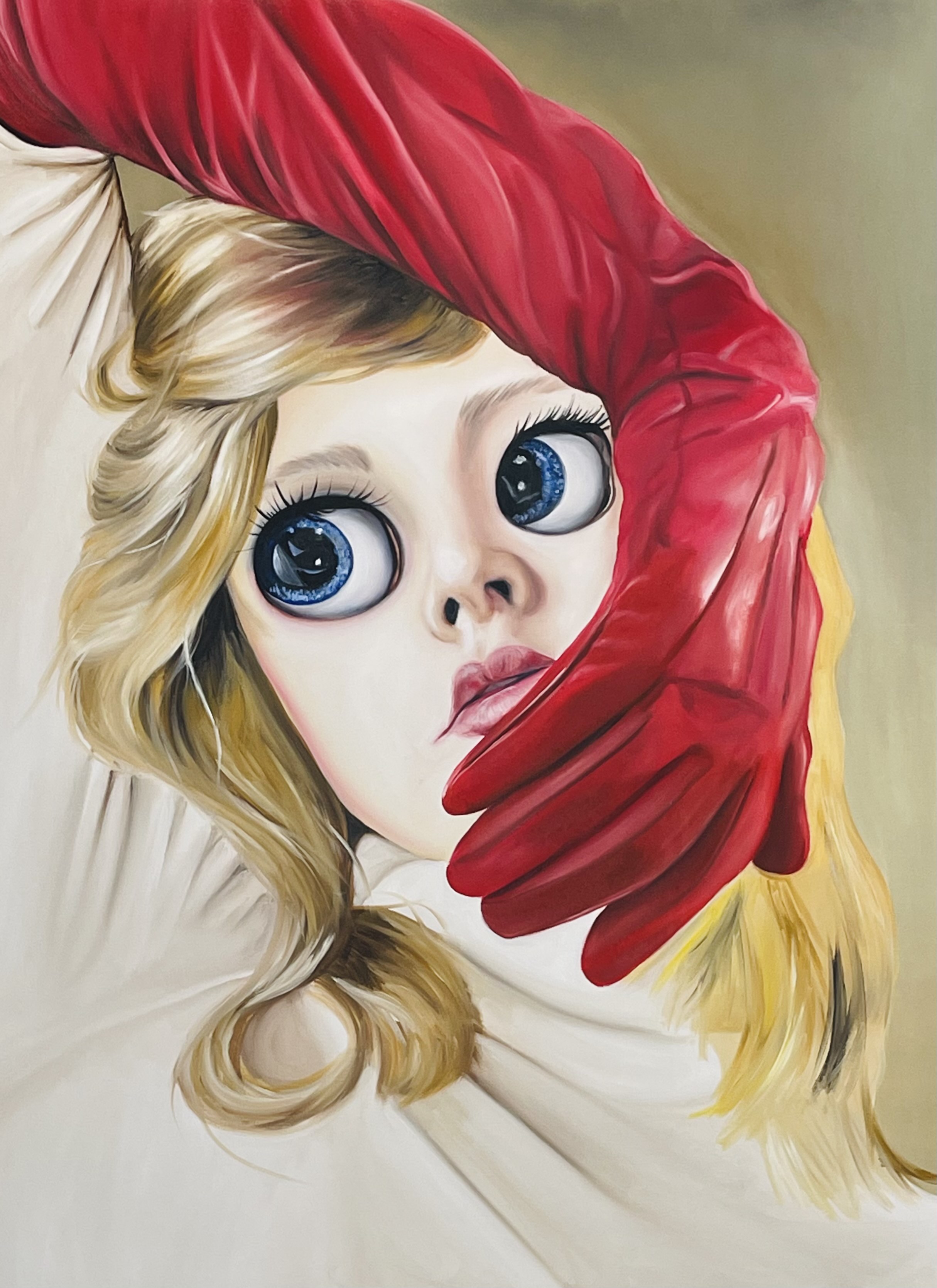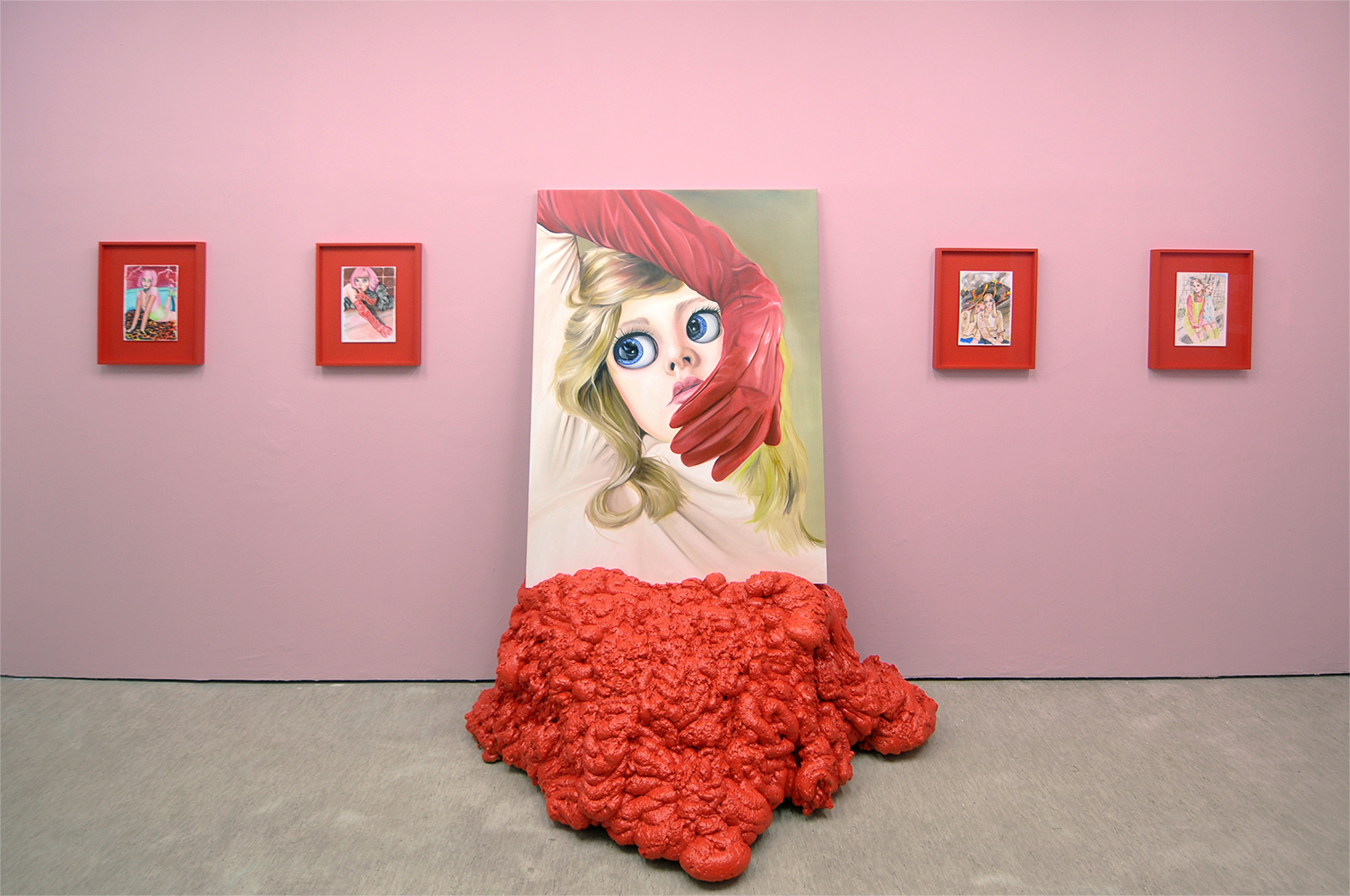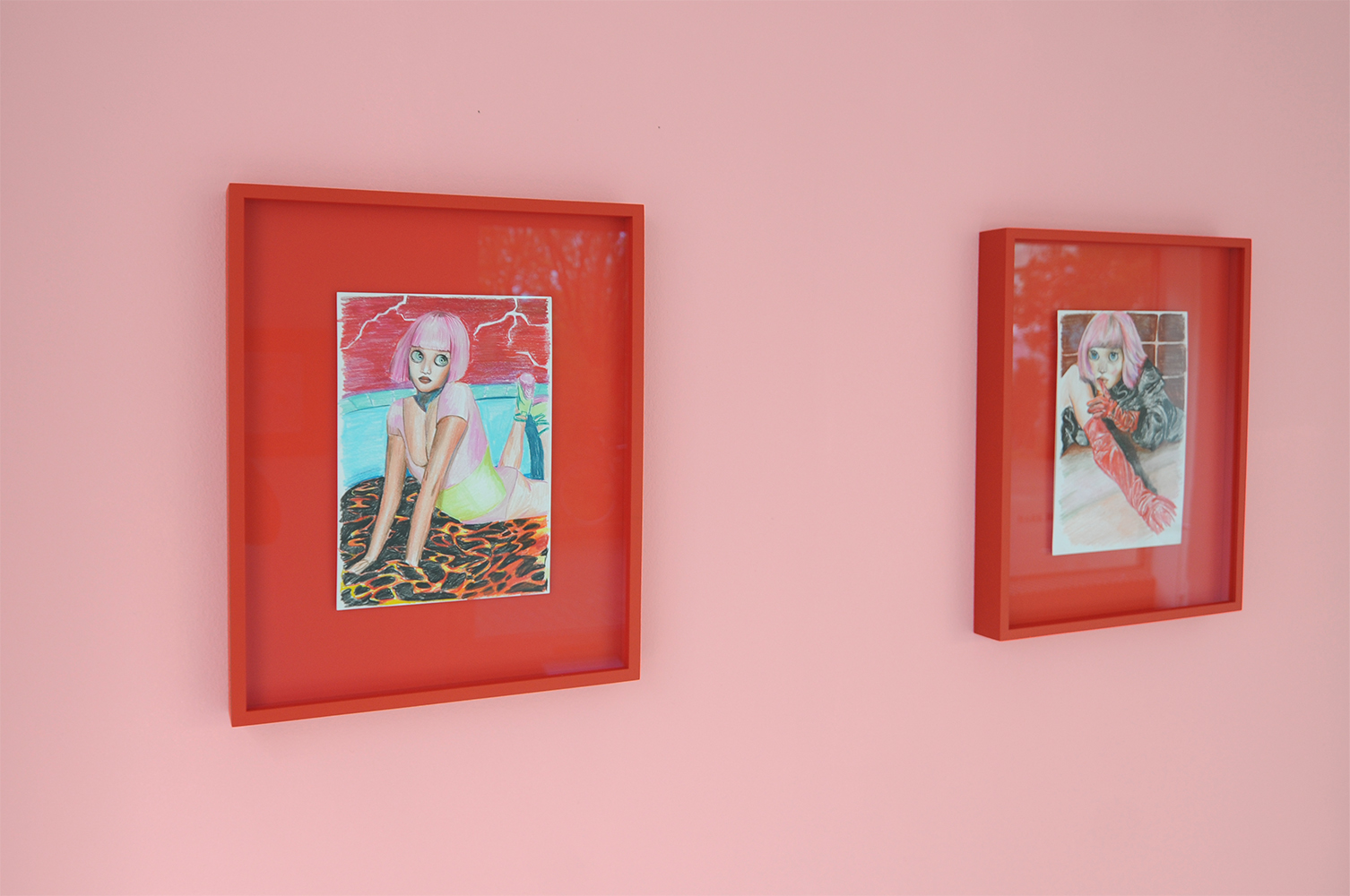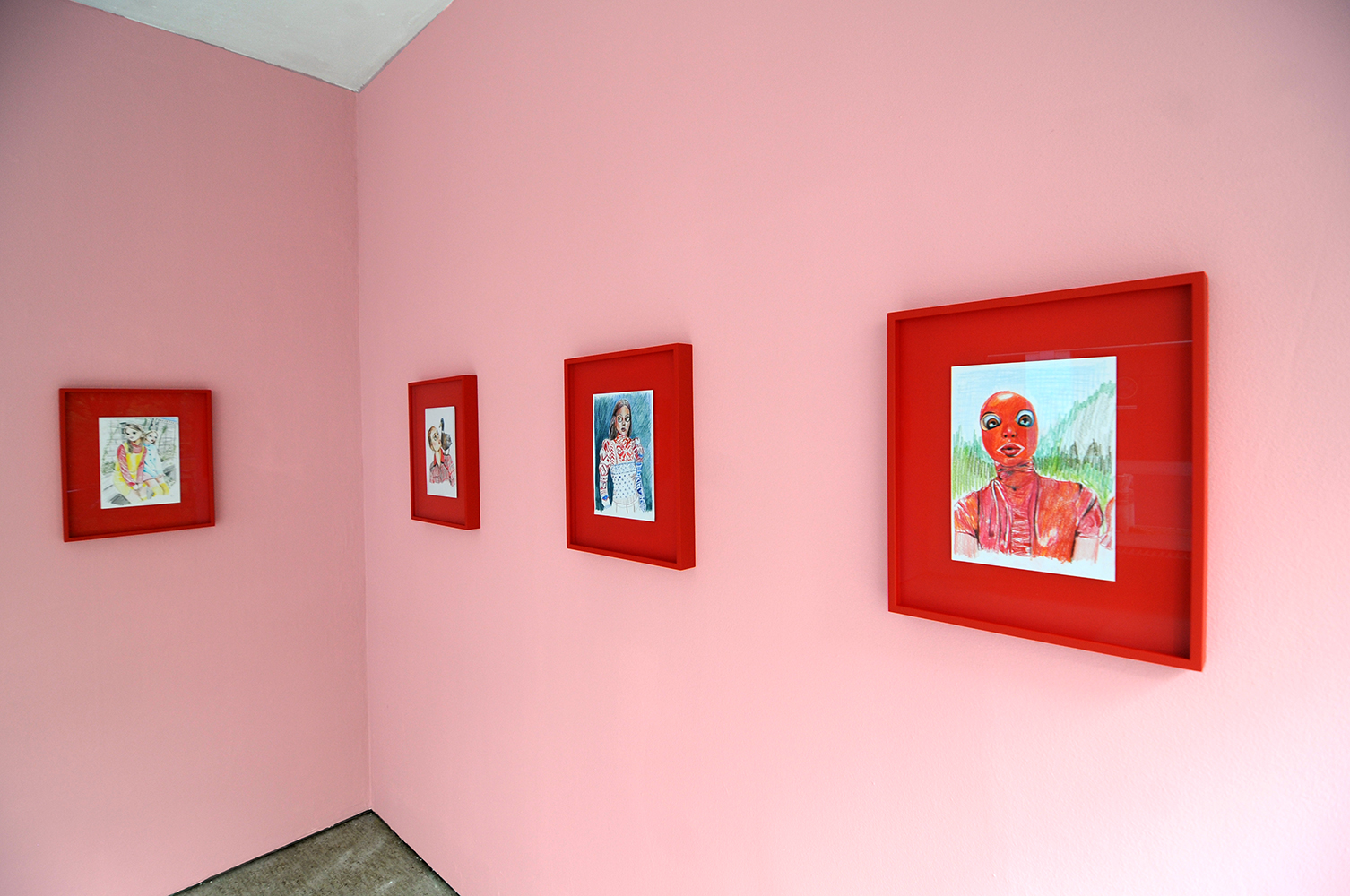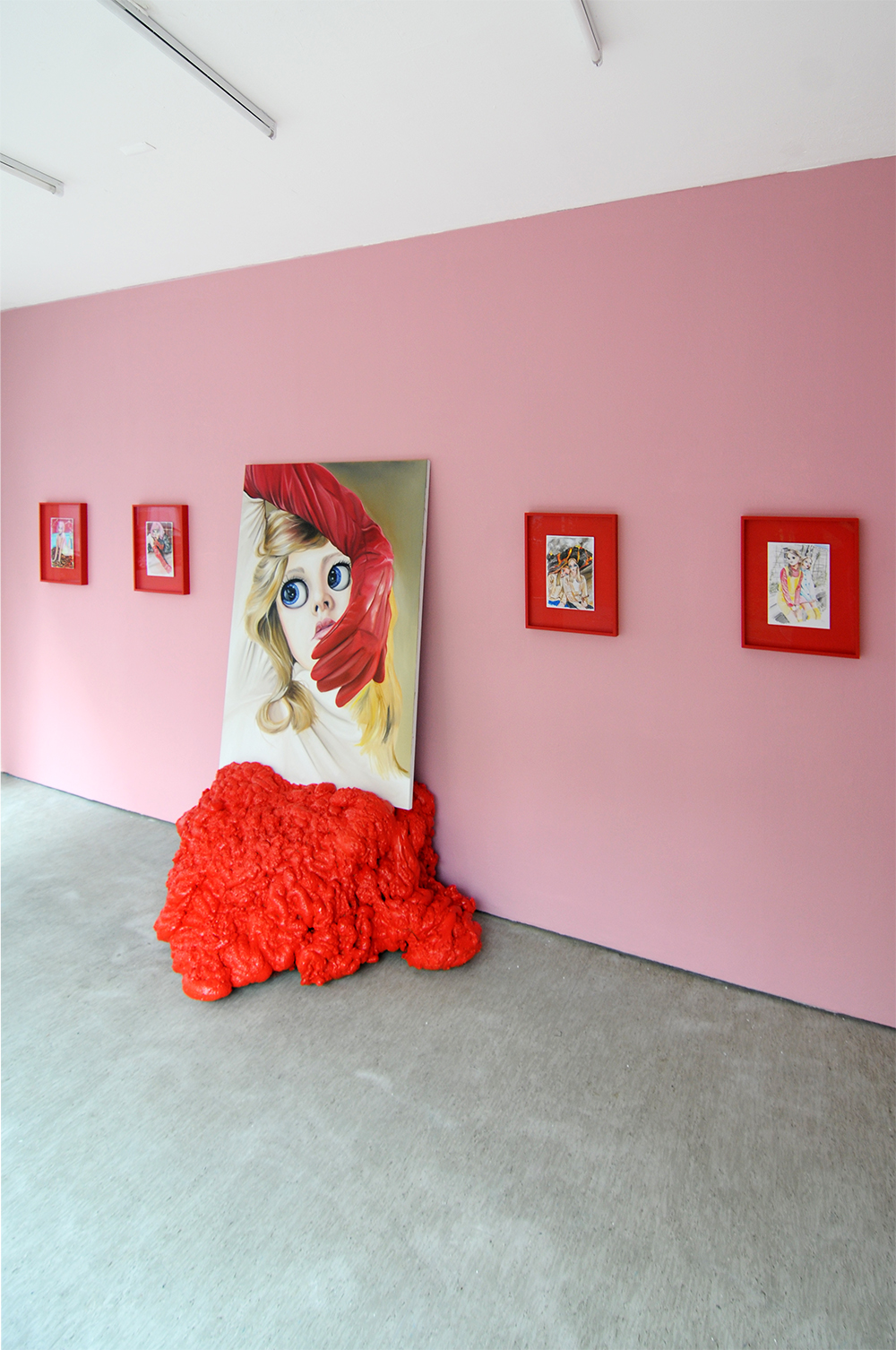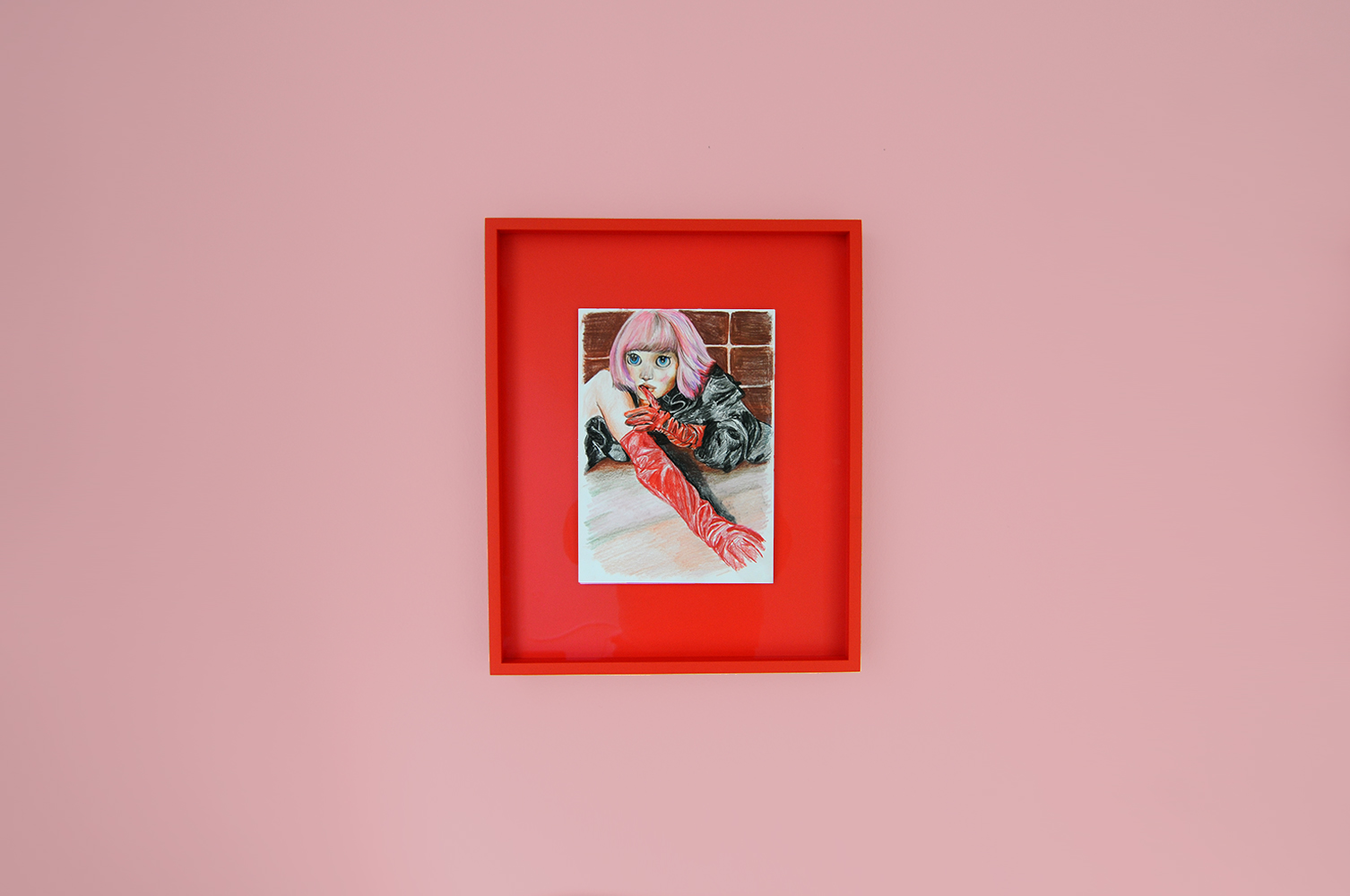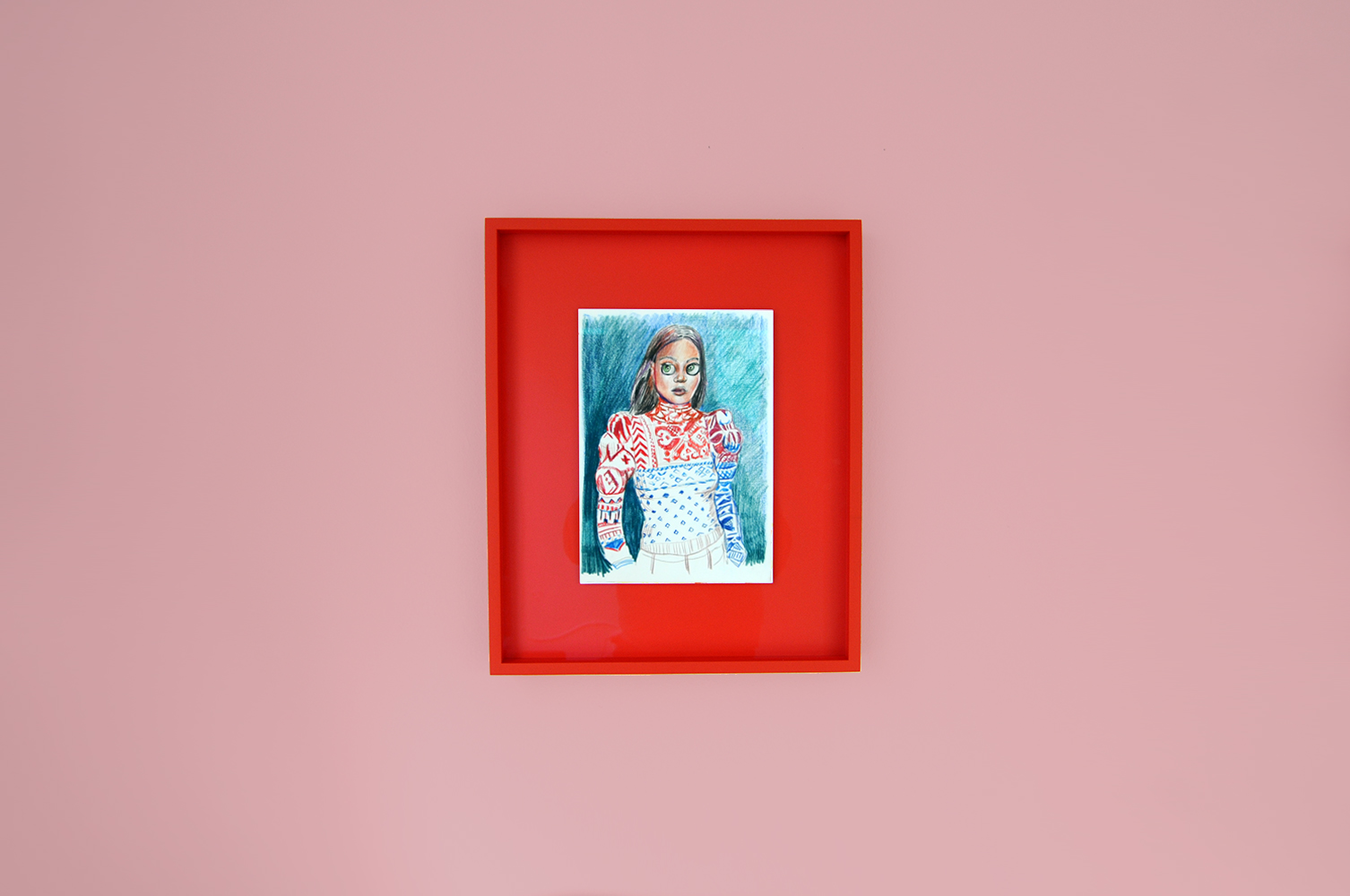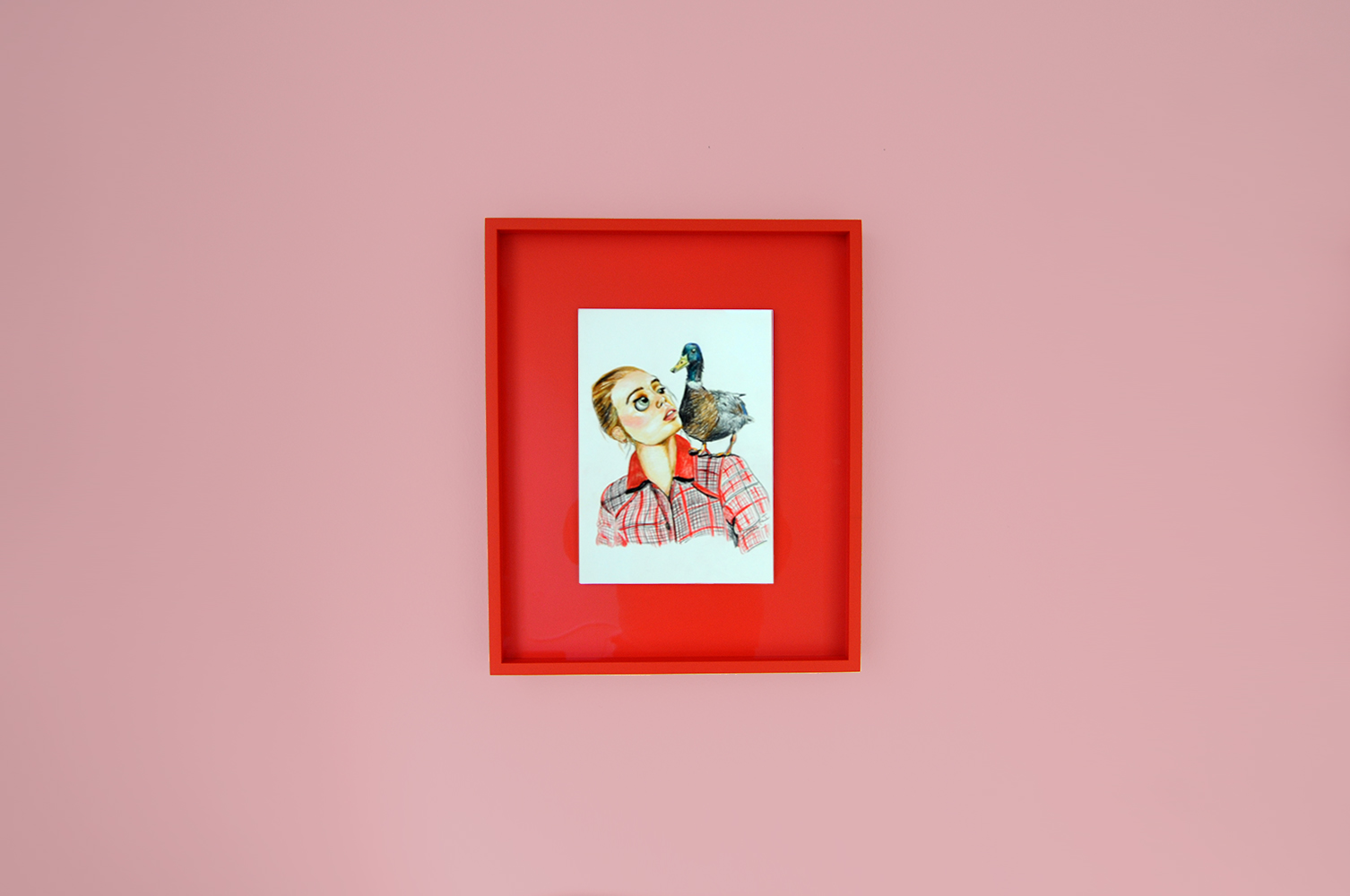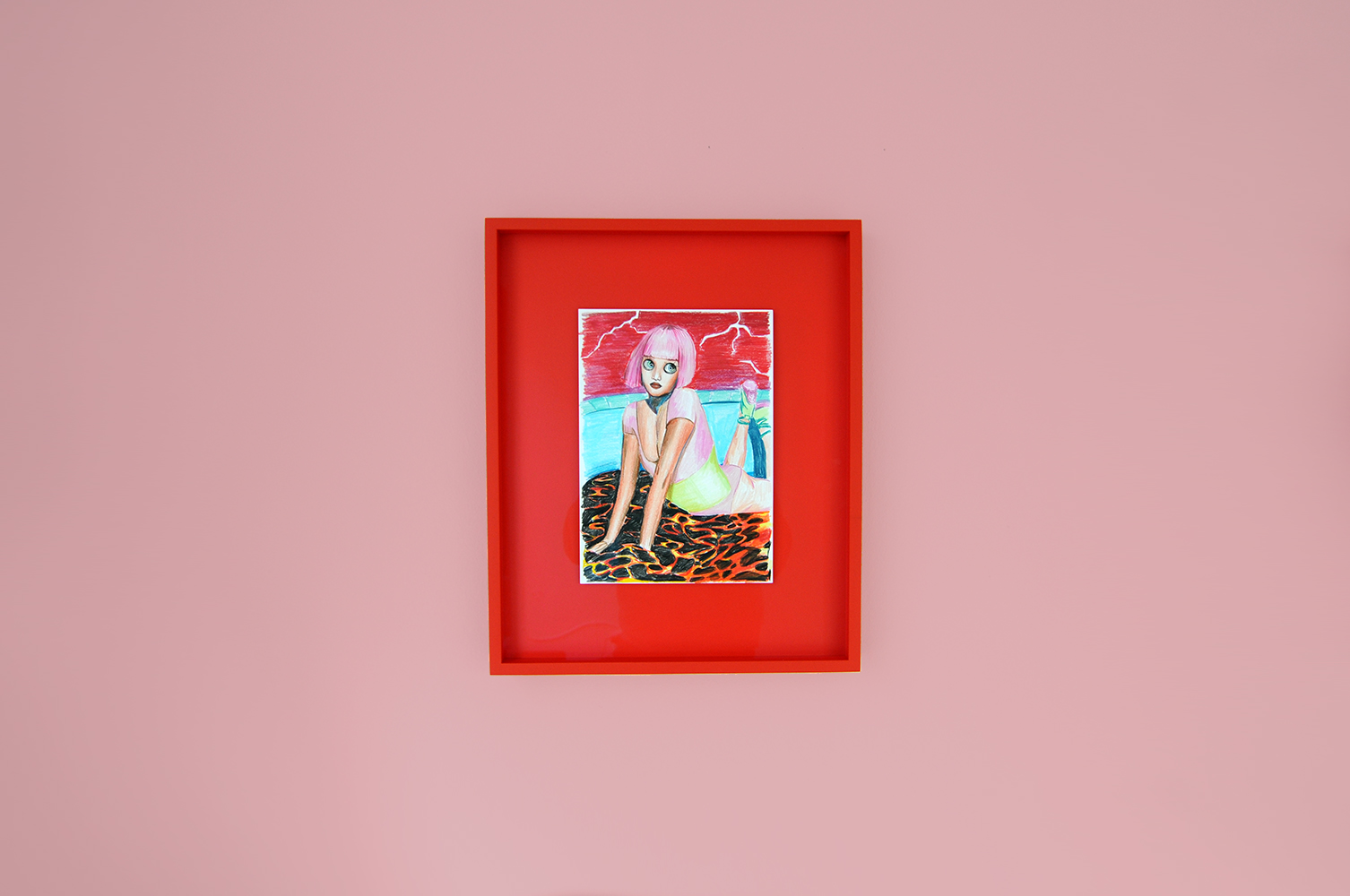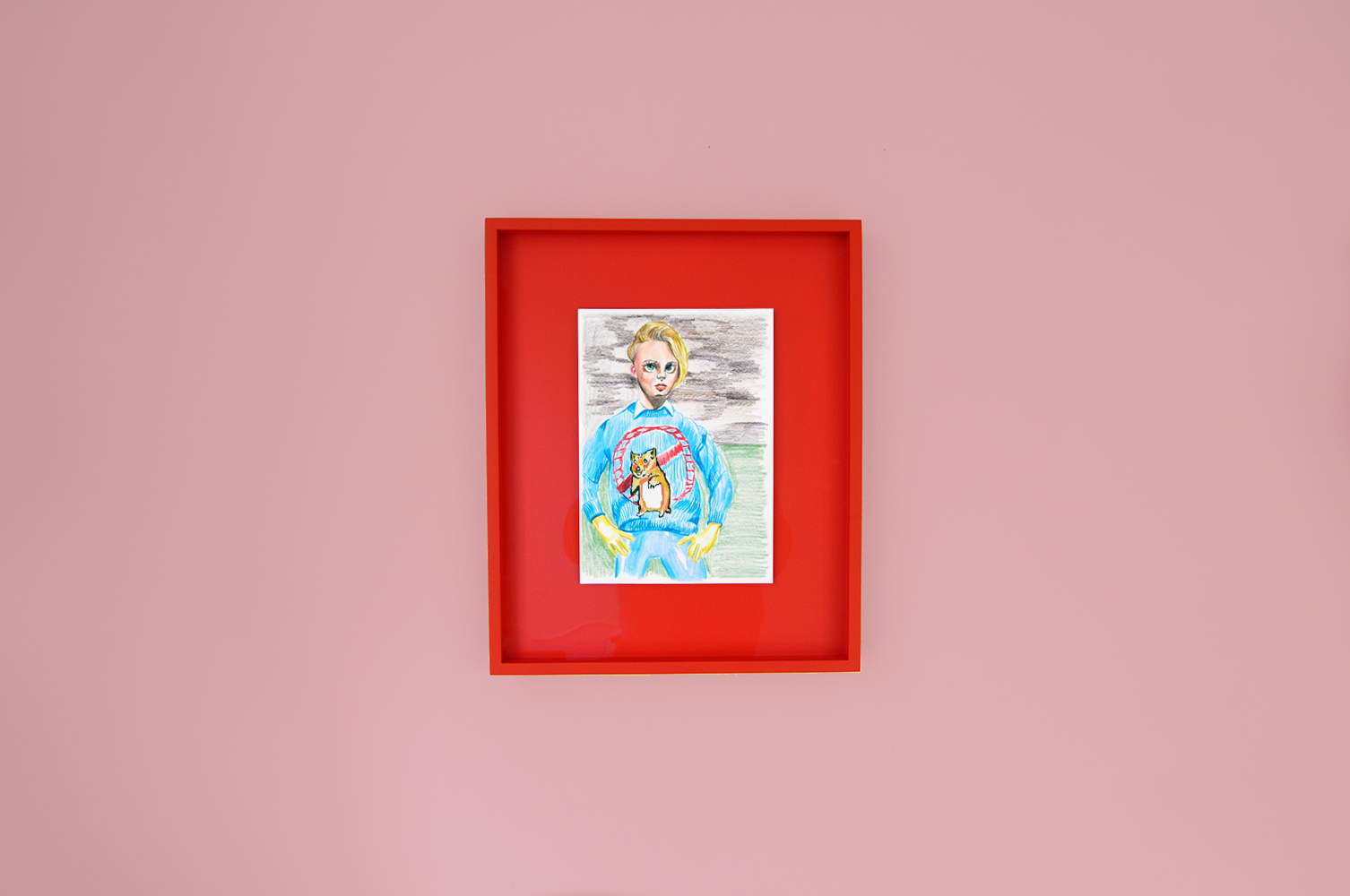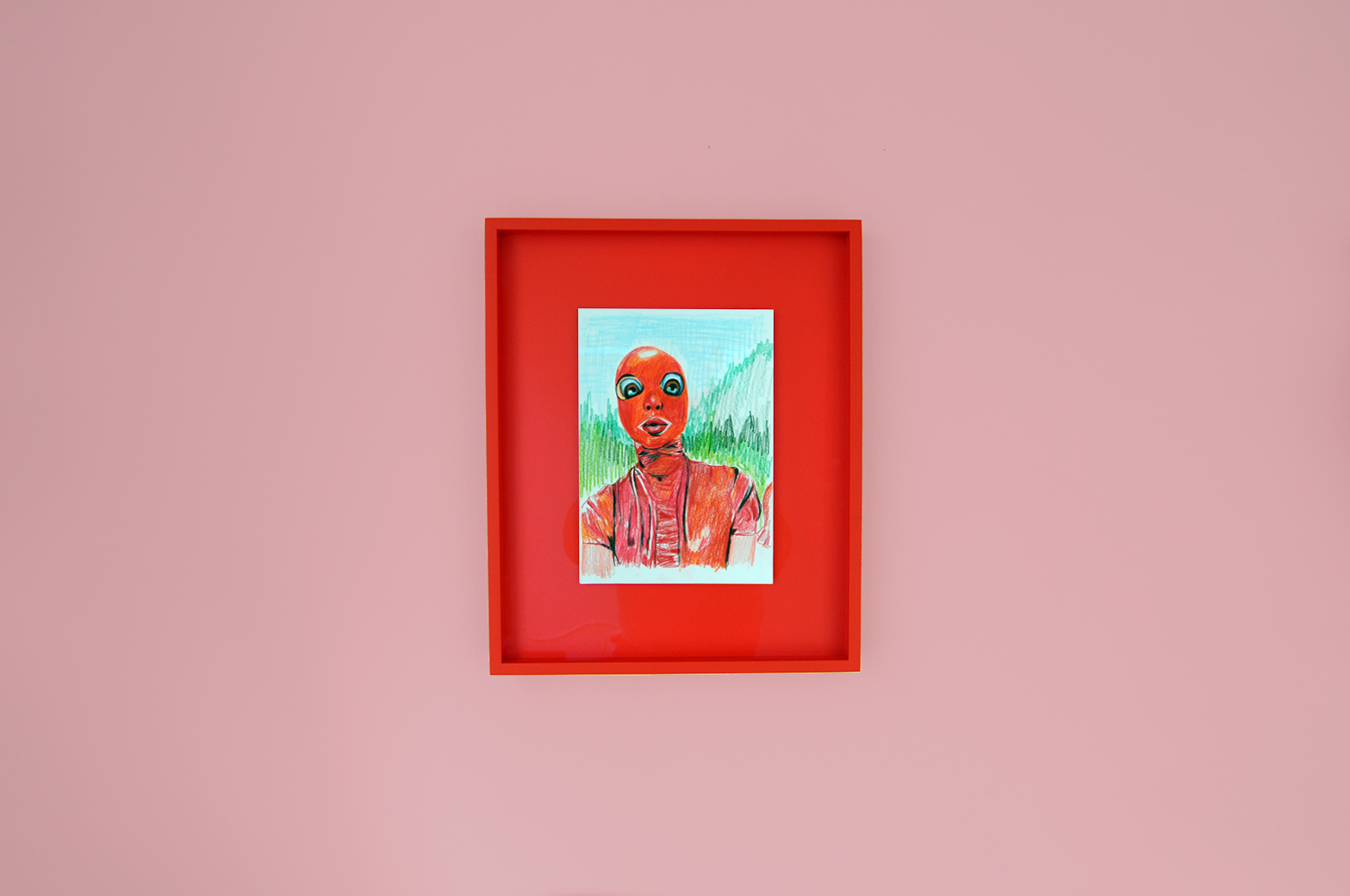Past
Charlie Stein
First Day Above Ground
In her first solo exhibition at BARK BERLIN GALLERY, artist Charlie Stein presents new works whose central theme could be described as the notion of lava as a symbol of oscillation between solid and liquid states. Itself caught between a solid, brittle state of rock and a viscous, hot mass, lava is symbolic of a potential for powerful transitional processes, which also play a central role in Stein's exploration of the emergence of a new state of figurative forms in her works.
Solidified forms can be seen as an abstract concept here. Human or machine, woman or robot, real or fake - the works deal with overcoming traditional concepts of a societal notion of clearly delineated categories, role models and groups, and oppose these categories with ideas of fluid, open conceptions with room for individual and societal developments.
The entities in Stein's paintings, all of which can be read as female, do not seem to fit into any traditional or (socially) recognized concepts either, but they tempt the viewer into such classifications. Visual codes, fed by the flood of images from social media and digital spaces, are de- and re-contextualized, creating a new visual language that is, on the one hand, well aware of its historical foundations, but, on the other hand, also critically questions them, thus creating new spaces of freedom.
The large-format painting Prism Angle is named after a group of supernatural beings from the superhero universe. In Superman 2, Superman's mortal enemies, Zod, Ursa and Non, are long imprisoned within the Phantom Zone, a mirror-like, 2-dimensional prism. Released from these constraints, the powerful (and surprisingly fashion-conscious) beings reek havoc on planet Earth. Prism Angle thus questions the two-dimensionality of figurative painting and its inherent constraints.
The work Eliza with le Canard de Vaucanson also deals with transitional processes. Referring to the Canard Digératuer by French artist and inventor Jacques de Vaucanson, Stein here takes up the question of the relationship between human and machine. As early as the 18th century, de Vaucason had attempted to create a "digestive machine" with his mechanical duck, which would thus mechanically reproduce a very natural process. In the highly technologized 21st century, this desire for the reproducibility of natural processes, for the creation of an artificial image of nature, seems to have found its culmination in the research and development of artificial intelligences.
Stein's figures question, challenge, and invite us to renegotiate the boundaries of traditional concepts of society and thought - without explicitly demanding such of the viewer.
Andy Best, Elsa Mack


